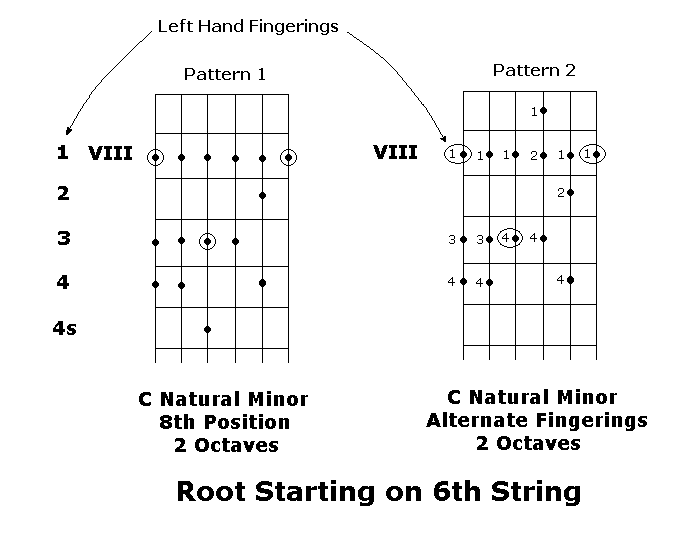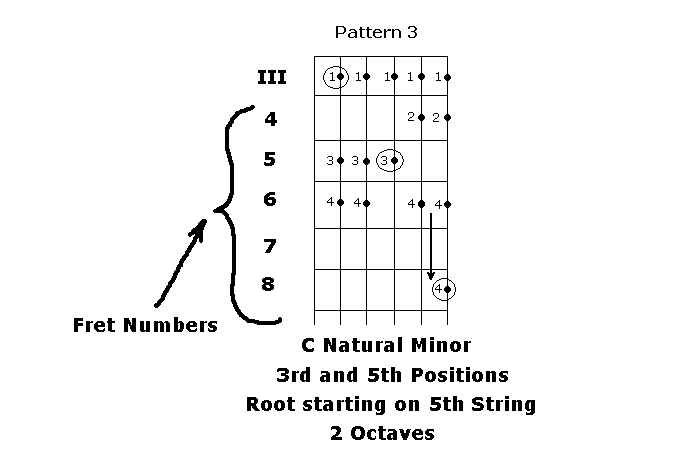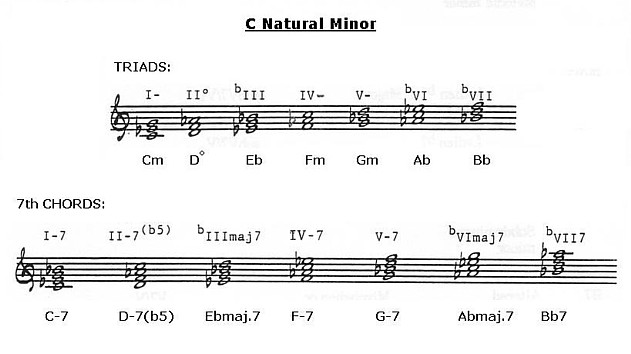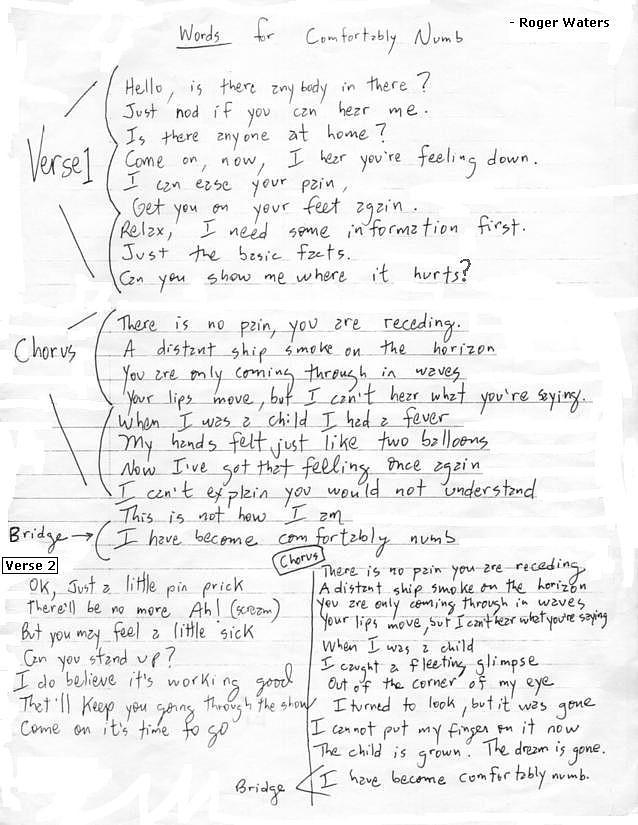
| 1. Natural Minor | (R, 2, b3, 4, 5, b6, b7, R) | |
| 2. Harmonic Minor | (R, 2, b3, 4, 5, b6, 7, R) | |
| 3. Melodic Minor | (R, 2, b3, 4, 5, 6, 7, R) |
| Note Function: | R | 2 | b3 | 4 | 5 | b6 | b7 | R |
|---|---|---|---|---|---|---|---|---|
| C Natural Minor Scale: | C | D | Eb | F | G | Ab | Bb | C |
| Note Function: | R | 2 | 3 | 4 | 5 | 6 | 7 | R |
|---|---|---|---|---|---|---|---|---|
| C Major Scale: | C | D | E | F | G | A | B | C |


| Note Function: | R | 2 | 3 | 4 | 5 | 6 | 7 | R |
|---|---|---|---|---|---|---|---|---|
| G Major Scale: | G | A | B | C | D | E | F# | G |
| Note Function: | R | 2 | b3 | 4 | 5 | b6 | b7 | R |
|---|---|---|---|---|---|---|---|---|
| E Natural Minor Scale: | E | F# | G | A | B | C | D | E |



